






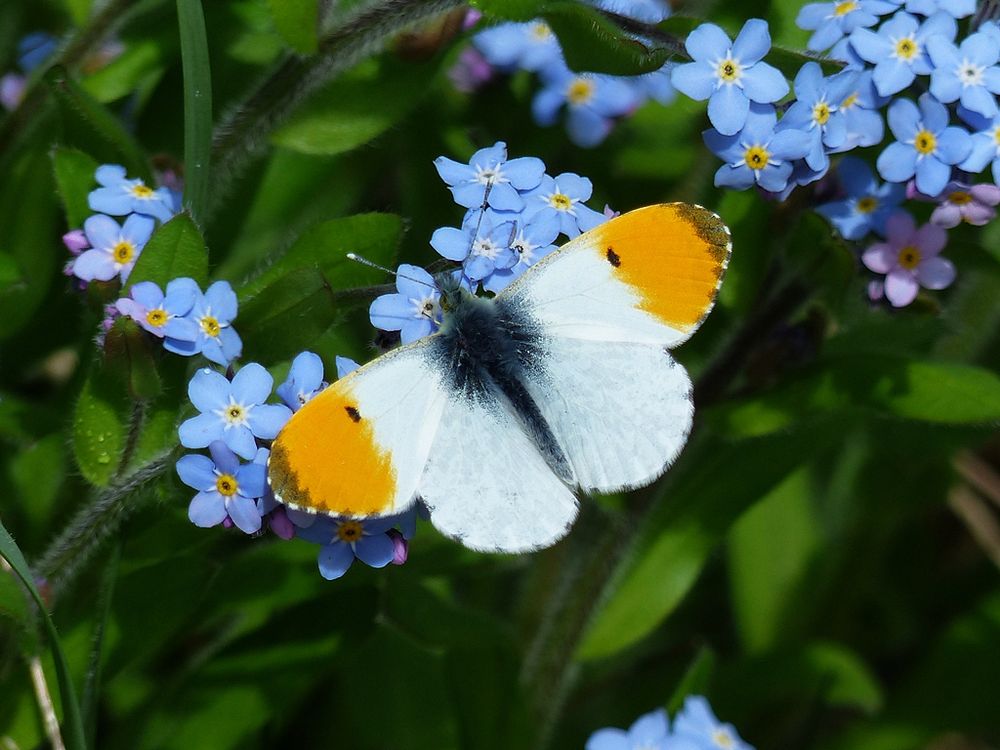














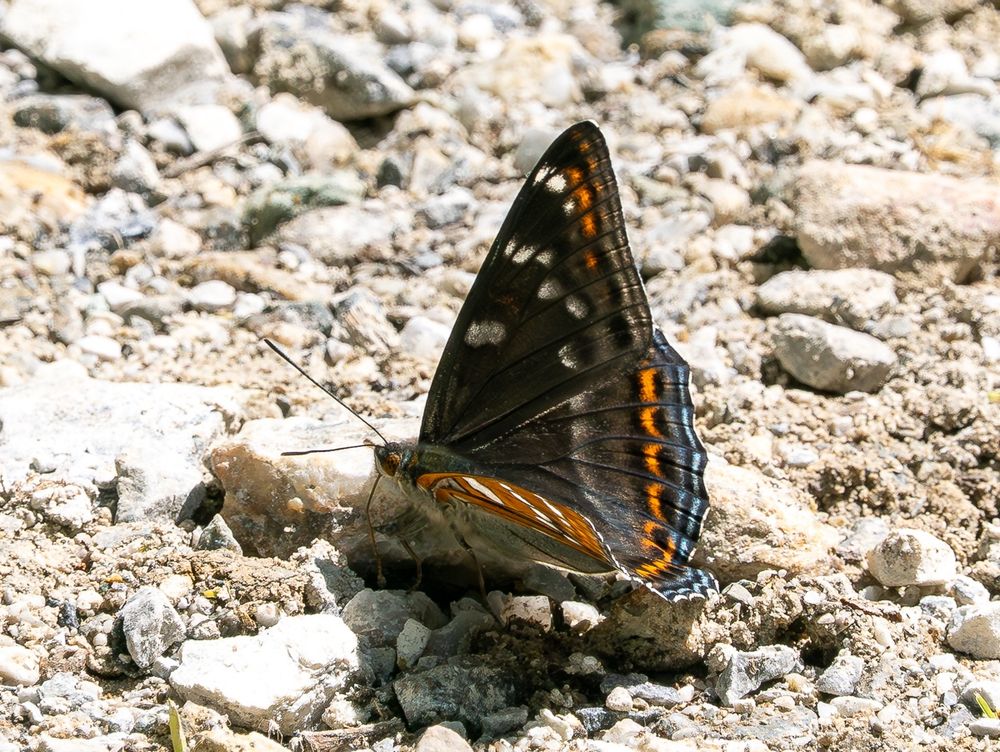












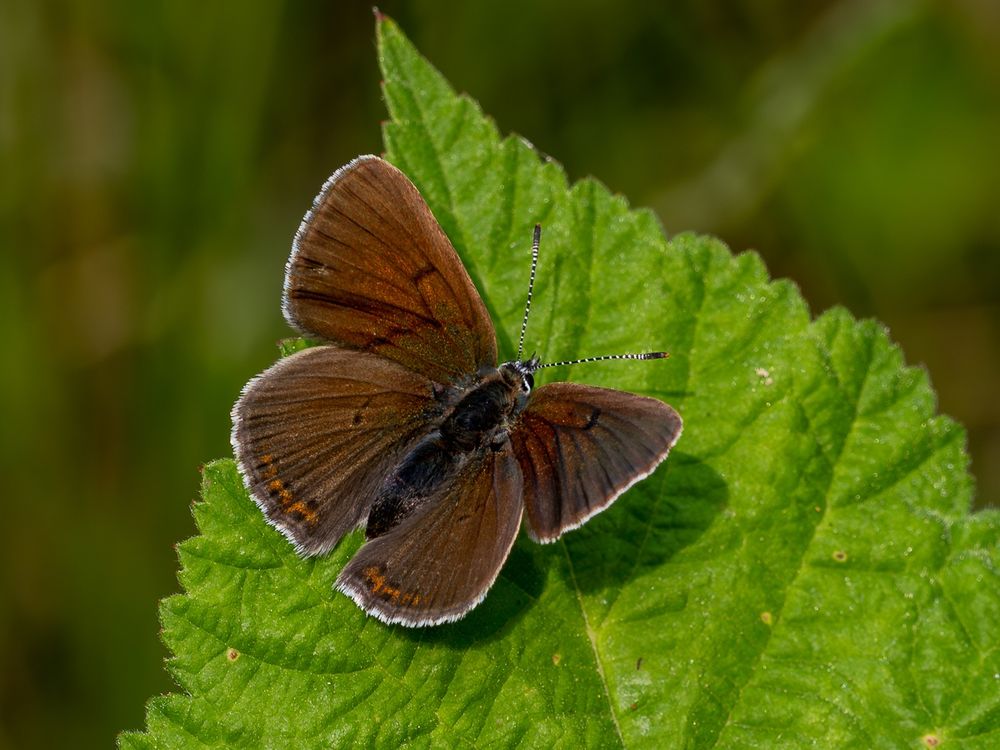

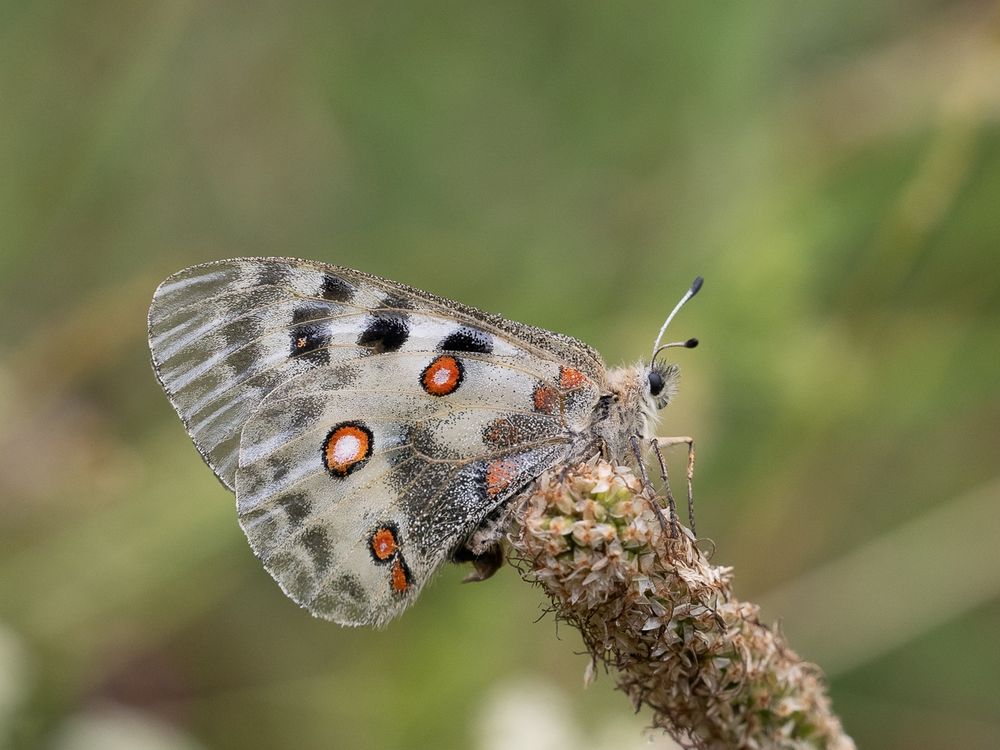




One of my favourite parts of the country & where I researched & launched the original @greenwingstours.bsky.social butterfly tour back in 2013.
Roll on the next one in June 2026! 🦋🇬🇷💙

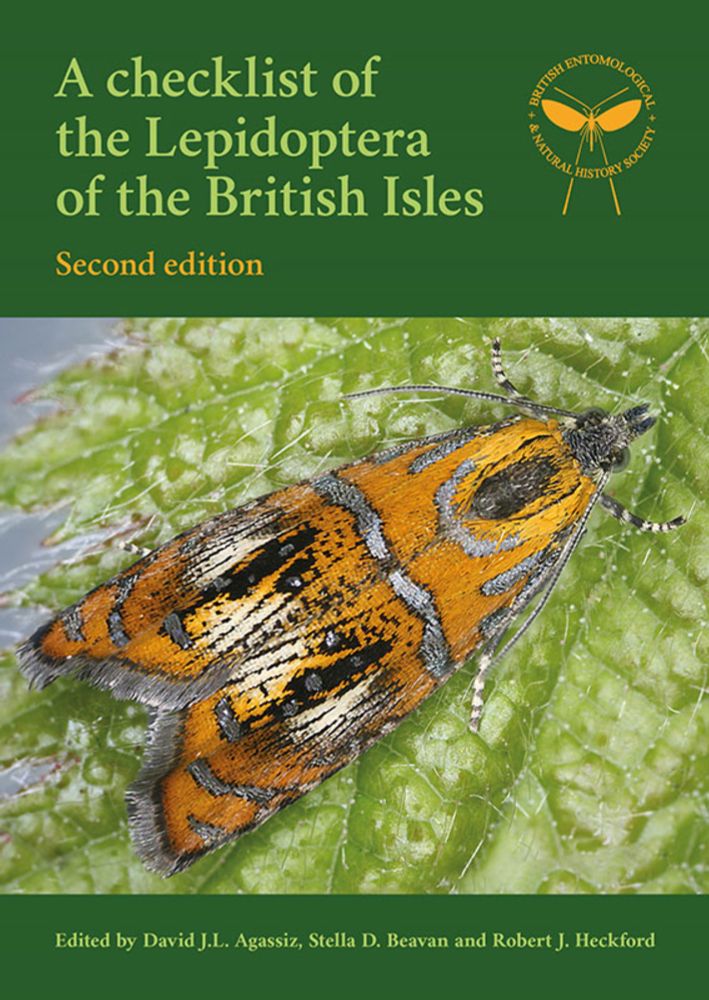
Checkout our website at sbbt.org.uk for lots more information about Swallowtails

Checkout our website at sbbt.org.uk for lots more information about Swallowtails




